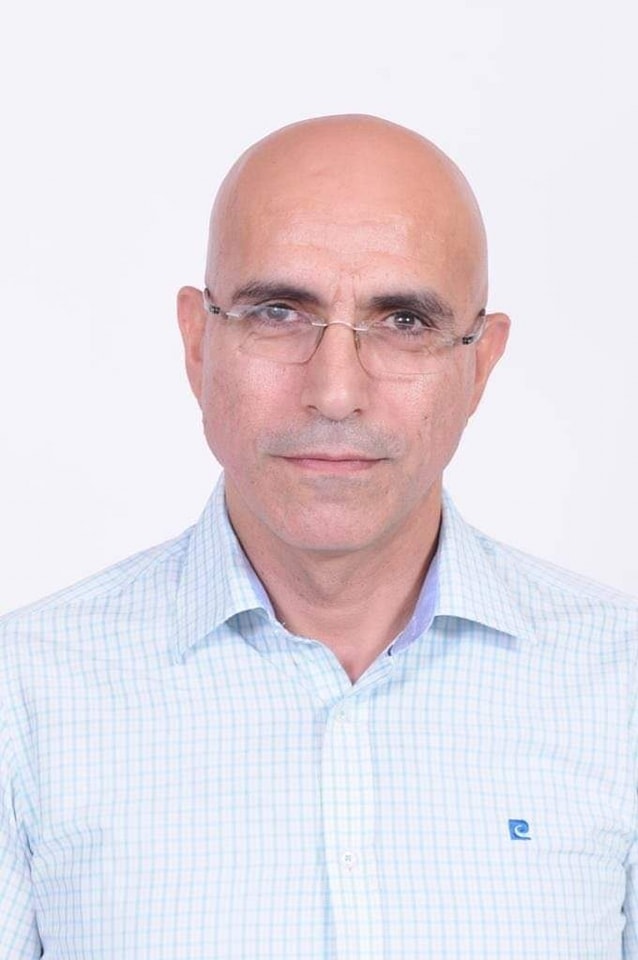היחידה ליחסים בינלאומיים

אודות
במהלך השנים האחרונות המכללה האקדמית סכנין זוכה ביוקרה ומעמד בקרב הקהילה האקדמית הבינלאומית. המכללה לוקחת חלק בשלל פרויקטים בולטים של גופים בינלאומיים, לרבות האיחוד האירופי. היא מקיימת קשרי גומלין הדוקים באמצעות ביקורים, כנסים, התארחויות, חילופי רעיונות ותוכניות, מחקרים, מפגשי סטודנטים וחילופים של סטודנטים ואנשי סגל עם מוסדות אקדמיים מרחבי העולם.
כשותפה בפרויקטים הללו, המכללה לוקחת חלק פעיל בפיתוח של כלים חדשניים ושיטות הוראה מתקדמות המעשירות תכניות לימודים קיימות ומפתחות קורסים חדשים בתחומים ונושאים מגוונים; מקדמת את ההתפתחות המקצועית של חברי הסגל ומעשירה את הניסיון האקדמי שלהם ושל הסטודנטים. המכללה שואפת לעודד כל סטודנט וסטודנטית לקחת חלק בפעילות בינלאומית, ולצבור כישורים והתנסות לעשייה מעין זו.

חזון
עד שנת 2030, מכללת סכנין תהיה מוסד איתן לשיתוף פעולה בינלאומי, מחקרים, ניידות ותוכניות ופרויקטים לתארים משותפים, לרבות חינוך וירטואלי. סטודנטים בינלאומיים יהוו 5% מכלל הסטודנטים, כ- 125 סטודנטים, וכך יעצימו את מעמדה של המכללה כמוסד להשכלה גבוהה וישפרו את נראותה של סכנין ושל החברה הערבית בכלל.
מטרות
היחידה ליחסים בינלאומיים פועלת ל
- פיתוח שותפויות ושיתופי פעולה בינלאומיים.
- הגברת הניידות הבינלאומית של סטודנטים, סגל וצוות.
- הגדלת מספר הנרשמים, והמסיימים, בקרב סטודנטים בינלאומיים במכללת סכנין.
- קידום מיומנויות של המאה ה-21 ברחבי המכללה, במיוחד קידום רב-תרבותיות, דיפלומטיה וכישורים נוספים הדרושים לפעילויות בינלאומיות.
- הגדלת ההשפעה בקהילה באמצעות יישום תוכניות ופרויקטים משמעותיים.
ערכים
1. מחויבות למצוינות.
2. הוקרה לכבודו של כל אדם, ומחויבות לאמפתיה, הבנה וזיהוי האני באחר.
3. כיבוד מורשתו של כל אדם תוך קידום הכלה וגיוון של תרבויות ונקודות מבט.
4. שירות ומנהיגות לקידום כלל הקהילות, בפרט החברה הערבית.

